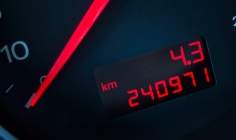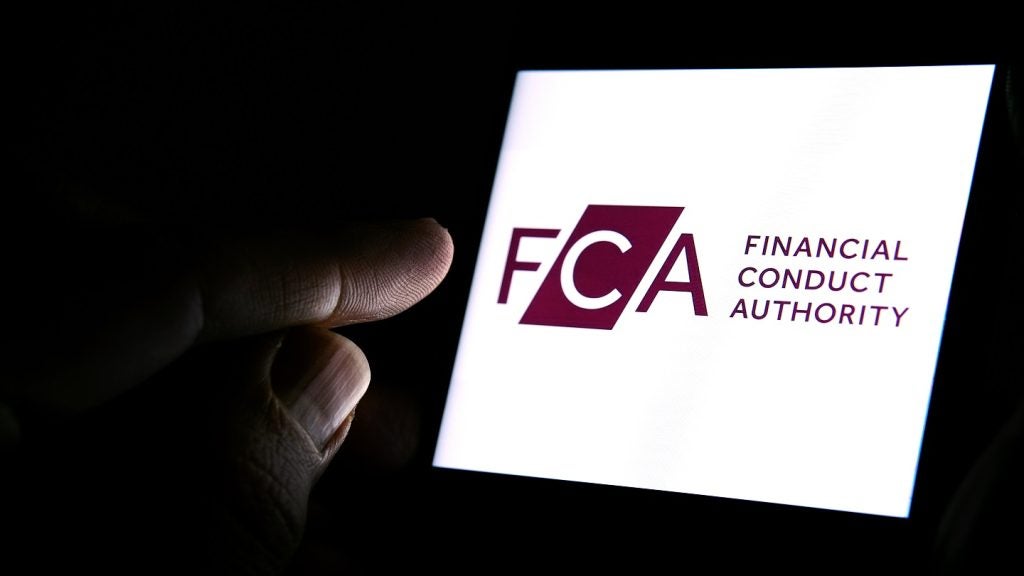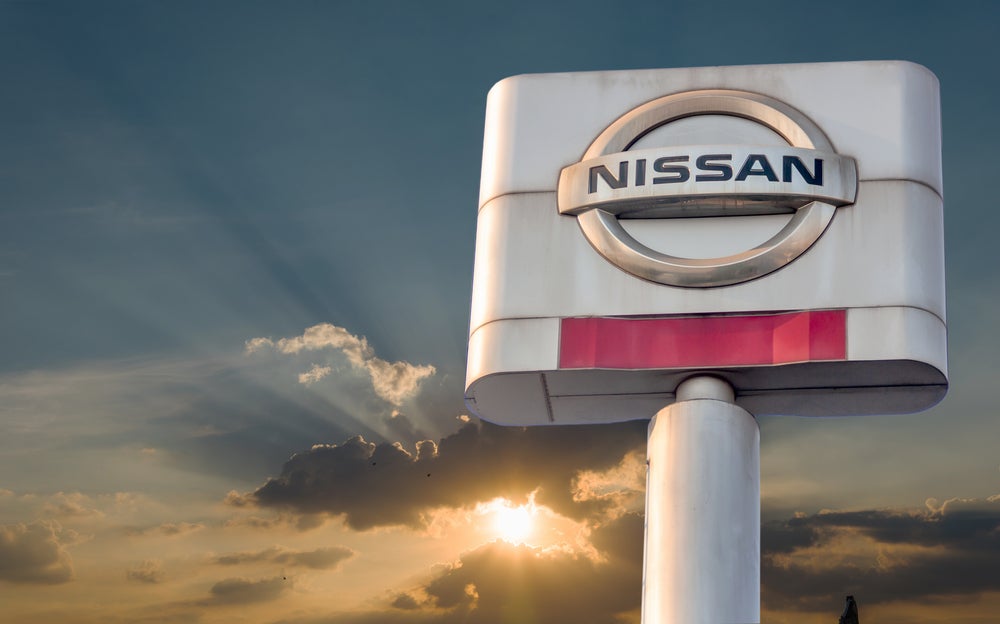
Mileage fraud has risen in recent years, with an estimated one in 15 cars now affected. With misreported mileage, some used cars returning to the market may adversely affect driver safety and distort secondary-market valuations. Saad Ahmed discovers how the issue affects motor finance
“You can go online and see clips of people taking tens of thousands of miles of digital odometers within eight or ten seconds,” Barry Shorto, head of industry relations at vehicle-valuation firm cap hpi tells Motor Finance. “It really is that straightforward.”
Clocking fraud has been an ongoing issue in the motor industry for many years. Despite the shift to digital odometers in the past several years, incidences of clocking fraud have actually risen.
According to cap hpi, as many as one in 15 cars experiences mileage discrepancies.
“Going back, say, to 2013, we typically find that one in 20 vehicles checked with us showed a discrepant mileage. Three years on, looking at 2016, we’re now finding that number is closer to one in 15,” Shorto says.
However, despite the potential detrimental impacts on driver safety, the actual act of altering the mileage on a vehicle is not illegal.
How well do you really know your competitors?
Access the most comprehensive Company Profiles on the market, powered by GlobalData. Save hours of research. Gain competitive edge.

Thank you!
Your download email will arrive shortly
Not ready to buy yet? Download a free sample
We are confident about the unique quality of our Company Profiles. However, we want you to make the most beneficial decision for your business, so we offer a free sample that you can download by submitting the below form
By GlobalDataAs well as Shorto, Motor Finance spoke to Rupert Pontin, head of valuations at Eurotax Glass’s Group, and Chris Hargreaves, head of press and PR at Licensed Transport Uncovered to determine the causes of clocking fraud, its effects, and how the motor finance industry can respond.
A growing problem
The key indicator of clocking fraud is mileage discrepancy, and according to Shorto this has risen to one in 15 cars since 2013.
However, referring to differences between self-reported mileage and values recorded on the National Mileage Register, Shorto warns that this may not always mean that deliberate mileage manipulation has occurred.
“We’re looking at over 200 million mileage readings here supplied by a range of different parties. Some mileage readings will be submitted that are incorrect, quite innocently,” he says.
Shorto explains that when there is a change of vehicle keeper, the outgoing keeper may supply the mileage of the vehicle when sold to the DVLA.
“That may a guesstimate, it may be rounded, it may be that at some point in the process between that person and the DVLA that an error is made in inputting that in the system,” he adds.
Despite such possible human errors, mileage discrepancies, particularly those varying by an unexpected or unrealistic number of miles between MOTs, are a key indicator of deliberate fraud.
The act of altering a vehicle’s mileage remains legal in the UK, whereas in Ireland it has been outlawed. Shorto describes how a cursory internet search yields dozens of companies offering mileage-correction services.
“It’s easy to find 20 or 30 commercial mileage adjustment companies via a Google search, because clearly, under the current legislation, it isn’t illegal to amend the mileage reading on a vehicle,” Shorto points out. “Services are marketed openly online for anything from £50 to £200 a time.”
The three interviewees tell Motor Finance that with the introduction of digital odometers, it was expected that the ability for
conspirators to commit clocking fraud would be greatly diminished, leading to a fall in incidents. However, the rise of clocking seems to indicate that these expectations were, as Shorto says, “naïve”.
“Many years ago, when digital odometers first came in to replace the old mechanical ones, I think there was a naïve feeling that that would see the end of clocking. However, fraudsters tend to be one step ahead,” Shorto explains.
Clocking fraud is “remarkably easy” to commit, says Pontin, with perpetrators able to use a vehicle’s on-board diagnostics port (OBD2) to gain access to the digital odometer.
The devices are simple to acquire, with even individual members of the public able to use them with relatively little technical expertise.
“The technology is so advanced these days. They take a piece of kit not much bigger than a large mobile phone, plug it in using the OBD2 communication and then type in a mileage,” Pontin says. “It’s terribly simple; it really does take a minute to do it.”
State your reasons
The reason why mileage fraud is committed varies by the type of vehicle and its intended recipient or industry.
In all instances, however, it is thought that it is generally used for financial reasons, either to avoid charges or penalties, or yield greater returns from vehicles sold on the secondary market.
In the case of fleets, Hargreaves states that some operators of fleets in the chauffeur and private hire industry may also use clocking as a means to undercut rivals.
“The ones that are clocking the vehicles can undercut legitimate operators, because they don’t have all these costs. They can’t compete with these companies that are clocking their vehicles,” he says.
Hargreaves adds that clocking among private hire fleets has reached “epidemic proportions”, due in part to competition between fleets for business, and the desire for greater returns in the used market.
He says that these two issues are linked, as engaging in clocking to lower vehicle mileage may free practising firms from factoring in costs of depreciation, as they can expect a higher value upon resale.
The rise of personal contract purchase seems to present a greater incentive to commit clocking fraud in the consumer space. The desire to avoid additional costs resulting from exceeding mileages specified in PCP deals may induce consumers to seek ‘mileage correction’ services.
Another implication is a deliberate conspiracy to defraud by choosing a lower mileage. Hargreaves explains that some fleets engage in clocking acquired cars to lower their intended reported mileage. “Instead of paying £800-900 a month, [they’ll] only be paying £200-300 a month,” he says.
Shorto acknowledges that private car owners may do the same. “People clearly can get better deals in disclosing that they’re going to do 6,000 miles a year rather than 20,000 miles a year,” he says.
“It may be that some people are aware of that and fully intend to ‘manage’ the mileage that they allow the odometer to display.”
However, Shorto says this is a “piece of the jigsaw” in explaining the rise of clocking fraud, and does not argue that there is a clear-cut link.
“Clearly there has been a significant increase in motor finance deals where self-certified mileage is a substantial factor,” Shorto says. “More investigation needs to be done to try and identify exactly the chain of events. [That’s something] we’re interested in doing with the data we have, in due course.”
While it is difficult to conclusively prove causation as mileage-based PCP deals continue to grow in popularity, the likelihood of some consumers seeking to ‘rectify’ overshot mileage will remain, and perhaps increase.
Safety
The most immediate effect of clocking fraud is on driver and passenger safety, rather than on the motor finance industry.
Misreported mileages may result in gaps in service history, and issues may go unreported due to less-careful inspection.
“I think the risk is very real,” Shorto says. “For example, timing belts are clearly critical elements which have a life and need to be changed on a prescribed basis. Brakes clearly need to be serviced and replaced on a basis relative to their age and condition.”
In the taxi and private hire industry, passenger safety may be compromised by wear and tear on clocked vehicles, according to Hargreaves. Citing one example, he says: “We found a [vehicle] in London, 12 months old, just had its first annual MOT.
“The car had advisories that the brake disks were pitted and scored, the tyres were close to the legal limit, and the brake pads were low.”
According to Hargreaves, the vehicle had 11,000 miles on its odometer; it was estimated that it should have been between 30,000 and 40,000 miles. If the car was then found to be clocked, Hargreaves argues that an insurance company may not pay out in the event of an accident.
The possibility of clocked cars that enter the secondary market affecting vehicle valuation trends is “difficult to generalise”, according to Shorto, although “there are certainly individual pieces of the jigsaw that you could potentially put together and draw conclusions from”.
Moving forward
The solution to the problem of clocked cars, according to the respondents, hinges on three main factors: technology, due diligence, and de-incentivisation.
Particularly affecting the motor finance industry was the idea that clocking must be de-incentivised, and this, according to Shorto, would require a great degree of flexibility among motor finance lenders.
Specifically, Pontin says on the issue of reforming mileage-based PCP deals: “So perhaps that is a solution, if the industry becomes more flexible, to be able to acknowledge and provide flexibility to buy mileage. [It could] try a completely different approach, perhaps to look at having mileage almost as a separate package on a vehicle.”
Pontin describes a scenario where the vehicle itself is offered on a PCP deal for two years with no mileage, and the prospective customer is then asked their mileage on a monthly basis. Pontin’s possible solution would continue the development of “flexible mobility”, which has seen usership threaten to supersede traditional ownership in the car industry. The suggestion of almost disarming the issue at source, before clocking has a chance to occur, could have the potential to make clocking irrelevant.
Pontin argues that the motor finance industry would need to become more flexible in order to combat fraud. Technology, though seen to have failed to deliver with the introduction of digital odometers, may also be a possible solution.
The rise of connected cars, with mileage and other data stored in multiple sites may diminish the ability for individuals to misreport mileage, as it cannot be corroborated.
“It would be very helpful to have a central repository of all mileage data for all vehicles that’s being submitted in real time, electronically; that would provide a very high level of protection,” Shorto says.
However, issues over the sharing and ownership of data may prove this solution to be “too difficult to do”, according to Pontin.
“You then start to find it difficult to understand who owns that data,” he says. “When you sell that vehicle on a PCP to someone, is there a clause in it that says that this car will automatically take a monthly mileage reading and feed this back to the central mileage database?”
The multiple stores of data, while creating corroborating evidence of mileage readings in theory, may result in legal difficulties, where companies may refuse to share the data with each other.
“That’s the difficulty, and that’s what the industry needs to work through,” Pontin adds.
Increased due diligence was a solution that all the interviewees told Motor Finance would help remedy the situation. While it would not stop clocking outright at source, increasing due diligence would allow greater identification on the return cycle of a vehicle.
“Why can’t the industry, these finance houses, come in at the beginning and do these due diligence checks and stop these vehicles going on forecourts?” Hargreaves asks.
He argues that motor finance providers could deny stock finance and prevent clocked vehicles from entering the market. This, in turn, could have the potential to reduce the supply of clocked cars on the secondary market, thereby reducing the economic viability of mileage fraud.
The solution to the problem of mileage fraud is likely to lie in a combination approach.
Motor finance providers may have to look at increasing mileage flexibility, auction houses and dealers may have to engage in greater due diligence, and technology may play a greater role in corroborating mileage records.






